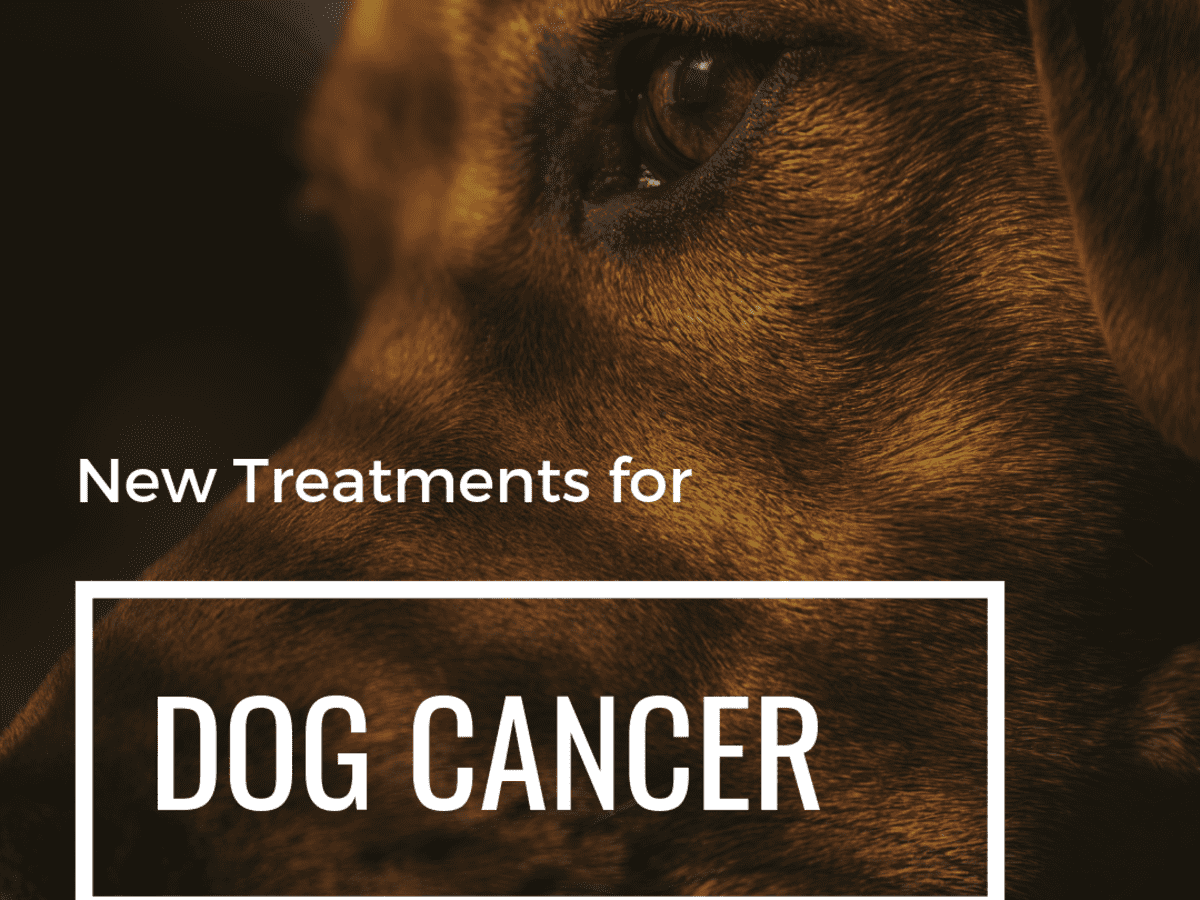

Likewise - watch your dog for any signs of pain, discomfort or loss of movement. So keep a careful eye on their size - some lipomas are known to grow rapidly while others remain small. More than that, some can grow between muscle layers, known as infiltrative lipomas, and they’re a little more painful for your pup. However, larger lipomas or ones that develop on joints or skinfolds can pose mobility issues or discomfort.

Most lipomas are painless and generally don’t pose any health issues, they just add a little texture to your dog’s skin. Intact dogs appear to be less likely to develop lipomas than their spayed or neutered counterparts. WeightĮxcess fat and obesity have been linked to increased likelihood of lipoma development. Senior dogs especially are prone to developing new lumps and bumps as they age. Terriers (Yorkie, Westie, Stafford, & Jack Russell) That being said, science has helped us identify a couple risk factors: BreedĬertain breeds are more likely to develop lipomas, while others see them less frequently. It’s unclear why some dogs go their whole life without a lipoma, yet others find themselves particularly prone to these benign little lumps. Veterinary science still isn’t exactly sure. You can’t tell the difference just by looking - but your vet can run a series of in-depth tests (staining cells and looking at them under a microscope) on the growth to confirm a benign lipoma diagnosis. However, there are other malignant fatty tumors in dogs that present similarly, like rarer liposarcomas. If you feel a soft, fatty growth beneath your dog’s skin while you’re petting them, it’s likely to be a lipoma. How do I diagnose a lipoma in my dog?Ī lipoma must be diagnosed by a veterinarian. Lipomas in dogs can be big or small, but are generally soft or squishy (it’s all fat cells), round- ish in shape and are relatively moveable or unattached. These sometimes-soft, sometimes-hard moveable lumps in dogs grow under the skin and can occur anywhere on the body it’s common for dogs to have multiple lipomas at once. Lipomas are common and benign (not harmful! phew ) fatty skin tumors known to occur in dogs and other mammals, including humans. In all likelihood, your pup is dealing with a lipoma.

That said, all new lumps should be examined by your veterinarian. Most of these masses turn out to be non-threatening. While it might feel like that lump came out of nowhere, it’s important to remember that lumps on dogs aren’t as rare as you think - nor are they necessarily dangerous. Discovering a lump on your beloved best friend can quickly sound some alarms.


 0 kommentar(er)
0 kommentar(er)
